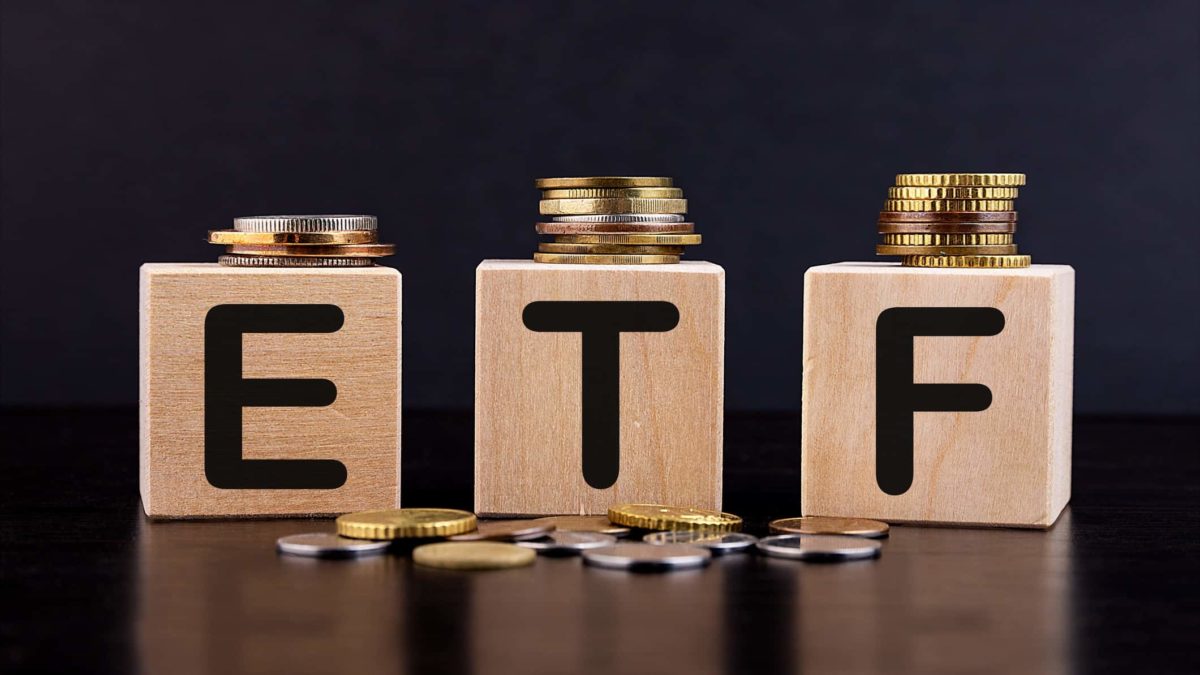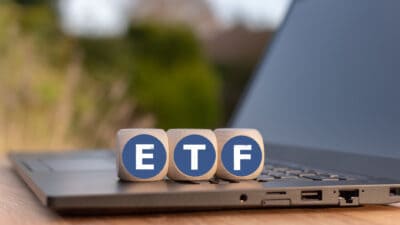In 2021, the ASX is awash with exchange-traded funds (ETFs). As we've covered here on the Fool many times, ETFs seem to just keep growing and growing. And that's in both number and funds under management (FUM). But gone are the days where there was only a handful of ETFs offering simple, index-tracking, market-mirroring performances.
Yes, ETFs started out as the famous index funds that many investors still largely associate these products with today. But as the scale of the ETF industry has grown, so has its breadth. Sure, index funds like the Vanguard Australian Shares Index ETF (ASX: VAS) remain at the top of the ASX ETF popularity tree. But even so, you can now invest in ETFs that cover almost everything.
On the ASX, you can find an ETF that tracks crude oil futures, gold bullion, government bonds or silver bullion. Or perhaps global banking shares, the share market of South Korea and even companies in the hydrogen or cryptocurrency space. To paraphrase Steve Jobs, when it comes to a specific thematic sector you might want to invest in, 'there's an ETF for that'.
But this also means that ETFs are not all created equal. The risk profile of investing in an ETF tracking the ASX 200 Index, for example, is always going to be completely different to one tracking emerging companies in the cryptocurrency space.
There are also now ETFs out there that are actively managed funds. Some of these, like the Magellan High Conviction Trust (ASX: MHHT) for example, typically only invest in 8 to 12 companies at a time. That's a far cry from the hundreds (or even thousands) of underlying holdings usually present in an index ETF.
Are all ETFs created equal? We ask Scott Philips…
So how can you sift through the plethora of ETFs out there on the ASX these days to find the one that might be right for you?
We asked none other than Scott Philips, Chief Investment Officer (and chief cook and bottle washer) here at The Motley Fool, what he thought:
Exchange-Traded Funds can be wonderful. It's important to differentiate between the different types, though. Any managed fund can be listed on the ASX (assuming it meets certain rules) and then be called an ETF. But the most widely-owned (and, in my view) useful, are the super low-cost, broad index-based ETFs…
These ETFs, such as the Vanguard ASX 300 ETF, offer instant, broad diversification for investors, and offer a market-matching return, less that tiny fee. So, if you want an easy, hands-off investment, or to kick off a new (or newly reinvigorated) portfolio with a great 'cornerstone' position, one of these ETFs can be great.
Scott particularly values the "instant diversification" that a low-cost index-based ETF can offer. For instance, he recently noted that just two ETFs, such as the Vanguard Australian Shares Index EFT and the Vanguard MSCI Index International Shares ETF (ASX: VGS), "gives you immediate diversification and global reach".
That kind of instant diversification is not on the table with some of the other active or thematic ETFs we see out there. So don't just assume that if something is an ETF, it is an index fund or something similar. You might find your portfolio tied to something like the silver bullion price rather than the broad and diverse base of different companies you might have been seeking. Like many things in life, ETFs are not created equal. And some are certainly more equal than others.









